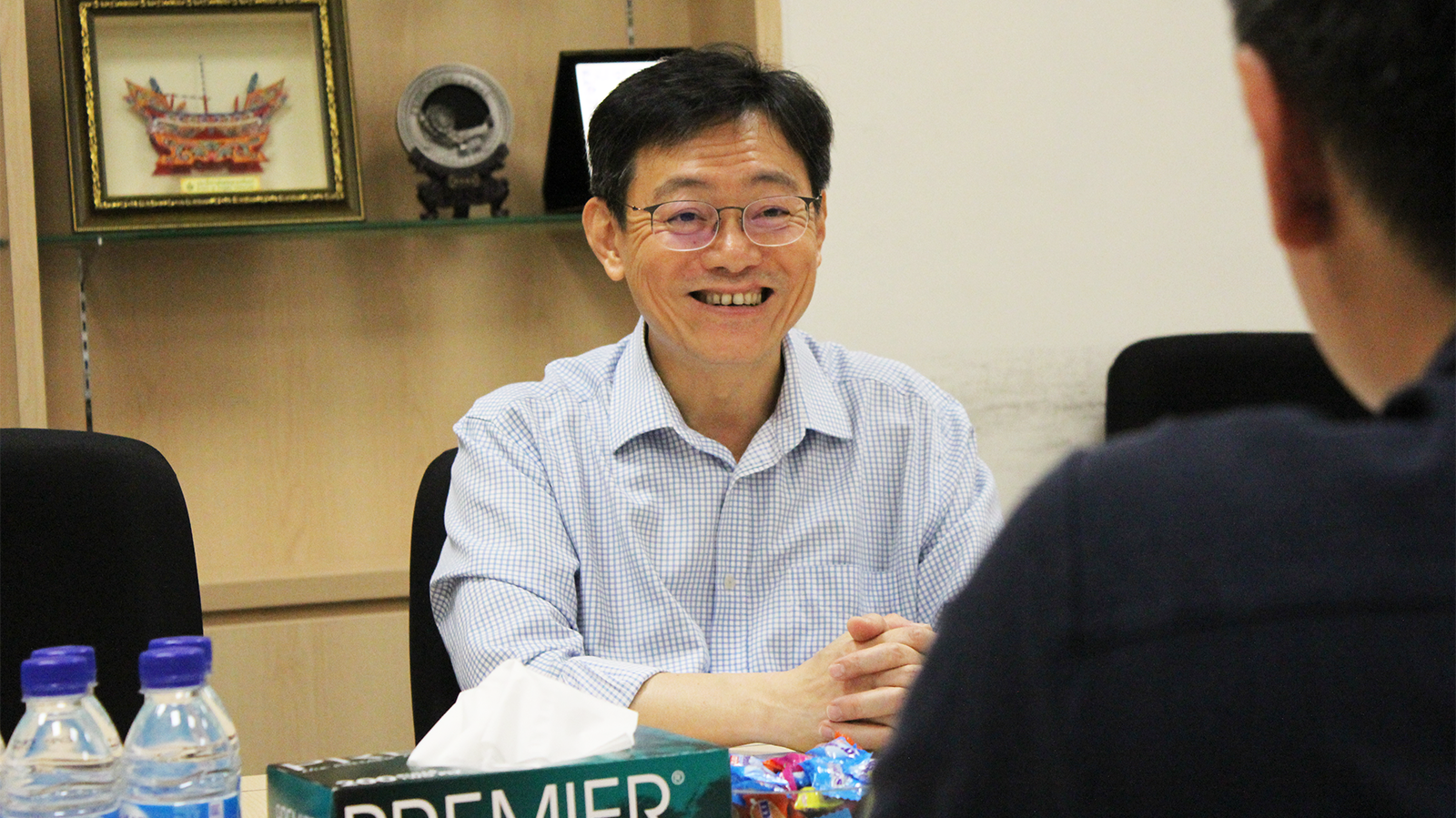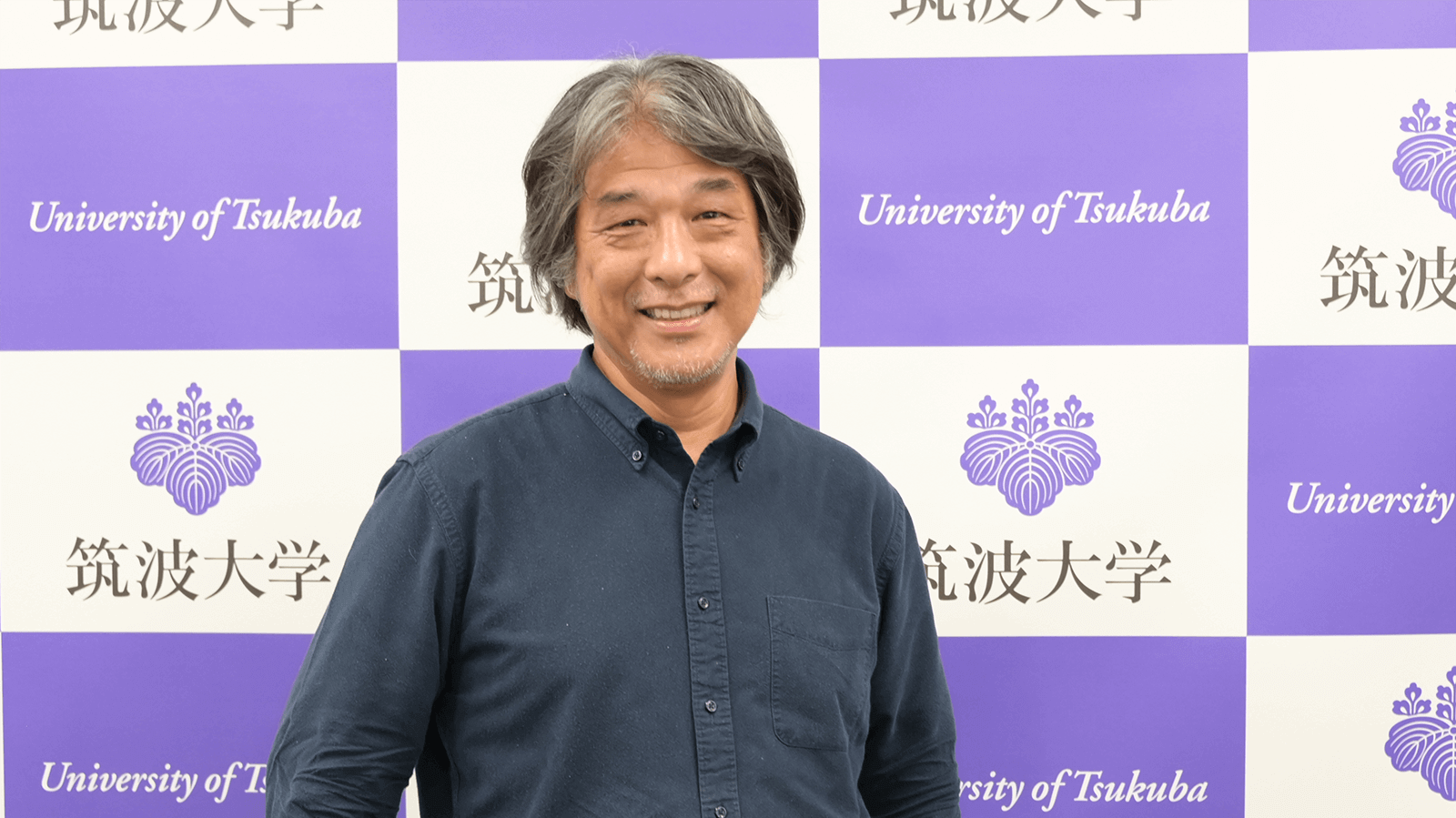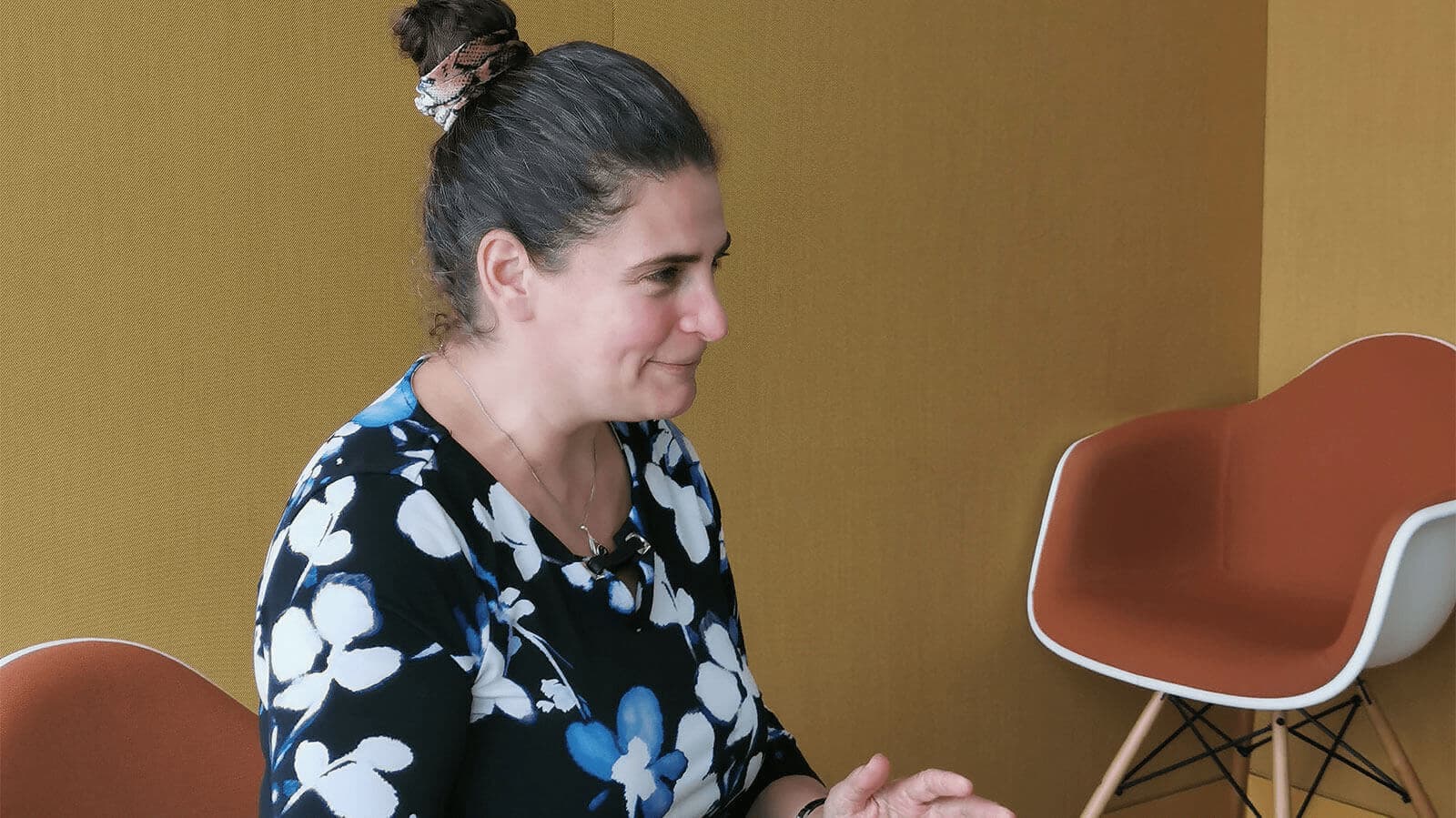Lessons from the world’s fastest rising young university: NTU Singapore on recruiting top global research talents and building data-driven research capability

As a young, research-intensive university, Singapore’s Nanyang Technological University (NTU Singapore) continues to impress. NTU has managed to rapidly ascend the Times Higher Education (THE) university ranks over the past few years. In 2015, NTU was named the world’s fastest rising young university by THE.
NTU was inaugurated in 1991, when its predecessor institution, Nanyang Technological Institute (NTI) which was set up in 1981 on the grounds of the former Nanyang University, merged with the National Institute of Education (NIE). NTU became an autonomous university in 2006. By 2011, NTU had ranked in the top 200 universities in the world (#174) and reached #48 in the world (up 126 positions) and #6 in Asia between 2011 and 2019.
Every year, they have seen drastic improvements in the score across areas: Research (47.8 to 64.9), Citations (34.5 to 54.5), and Industry Income (44.4 to 99.5). Both NTU and NUS have very high International Outlook scores (95.4 and 95.5 respectively) compared to even the top-ranking university in Asia, Tsinghua University (at 45).
Makoto Yuasa and Ai Kano of Cactus Communications interviewed Professor Khor Khiam Aik of NTU to discuss the university’s strategy and Professor Khor’s involvement and thinking behind the university’s rapid climb through the ranks.
Professor Khor Khiam Aik
The Director of the Talent Recruitment & Career Support (TRACS) Office and Bibliometrics Analysis at Nanyang Technological University (NTU). Currently, he heads a number of projects related to bibliometrics analysis of biomedical engineering, advanced materials, and biomaterials.
-What is your role within NTU?
Professor Subra Suresh became our fourth president this year. He recently launched his grand 5-year plan. As part of this plan, he formed the office of Talent Recruitment and Career Support (TRACS) to continue attracting young promising researchers and faculty to NTU. He asked me to head this office. In addition to this, I continue to look after the bibliometric analysis.
-Could you talk more about your ongoing role in bibliometrics analysis?
In my role as director for bibliometrics analysis, I assess the quality of the output of NTU. To us, quality is a crucial aspect and one of the reasons why Singapore universities have been successful. I always made it a point to highlight feedback for the departments. I give them a breakup of their papers that are in the top journals and those that are highly cited. I prepare a report for each department and share it with their head.
-Once the data has been collected, does someone responsible for university ranking decide the next steps or do you let researchers take the lead?
Normally, I let the researchers decide. We believe that outstanding researchers will do outstanding work, so we aim to recruit accordingly. Outstanding researchers have very high standards and they don’t compromise. They insist on having the best: the best student, the best research staff, and collaborating with the best. That makes it easy for us. All we need to do is ensure there is funding.
University Ranking and Its Values
The Hive, composed of 12 towers – each of which is eight storeys high, is NTU Singapore’s first learning hub. Launched in 2015, it is the centrepiece of the university’s flipped classroom pedagogy, equipped with 55 tech-enabled “smart” classrooms.
-Your ranking has improved year by year, especially in 2012-2013. How was it possible to establish a global reputation and see improvements in such a short period?
I would say that the improvement started before 2012, in around 2004-2005. Ranking is, in our view, imperfect and imprecise, but it is an indicator of the university’s progress. I feel that, largely, it favors English-speaking countries like the US and UK. We believe that the ranking serves the interest of the ranker primarily, but the rankings provide relevant information to users, especially the students.
-How do you think Japanese universities fit into this?
I appreciate many good qualities of Japanese universities. Unfortunately, ranking agencies have not been able to capture these qualities. I hope the Japanese government realizes that it is not as bad as what the ranking indicates. Of course, we always want to be better. I’d say that the ranking has made everyone acknowledge that there is an internationally agreed set of metrics, and the rankers use this set for ranking.
-So, you don’t think the ranking is accurate?
I think that the ranking industry has not matured. I hope that someday it will more accurately represent the universities. Universities are way too complex for a single ranking system to capture them accurately. Ranking is like a photographer capturing various profiles of you. Certain profiles are not the best, but there may be a very good side that the photographer didn’t capture.
How Singapore Attracts Researchers from Around the Globe and How the Government is Open to Foreign Researchers
The Arc, NTU Singapore’s second learning hub. Launched in 2018, the six-storey building has 56 “smart” classrooms each equipped with multiple LED screens, flexible clustered seats and wireless communication tools.
-Recruiting the best researchers from around the world is what I think every university is trying to do. What is your approach?
As you know, Singapore is multicultural and multilingual, partly because of its evolution from a modest trading and commercial hub to the regional administrative center of the British Empire. That works to our advantage. From the beginning, we could reach out to the English-speaking world, and our outlook has always been global. That means we attract global talent. They know that when they arrive, they don’t have to learn another language.
The second point is that we have always had very good ties with top universities. Singapore became known around the world as a young country that appreciates academic talent and, therefore, attracts academics from top universities. Researchers from Harvard, MIT, Stanford, Oxford, and many other top universities visit Singapore.
Also, we always strive to be open. In the last 12 years or so, thanks to the formation of the National Research Foundation (NRF), we have had new funding for research programs of strategic importance to Singapore. That helps bring in more research talent, which, in turn, allows us to build a good ecosystem. The researchers also get very good support to conduct their research. They talk about the support with their associates and industry friends and invite them to Singapore.
-Can you describe the research environment in NTU?
In addition to the government funding, the university invests its own money in important key research infrastructure and top research talents. In addition, the university is well aligned with the government plans. Basically, there is very little opposition. We follow the government mandate very clearly. Unlike other countries where universities are allowed to drive their own plans, in Singapore, we emphasize on alignment.
-What is the relationship between the government and funding of NTU?
For the past 10 years, the bulk of our research funding has come from the Ministry of Education and the National Research Foundation. We also have many ongoing projects with the Agency for Science, Technology and Research (A*STAR), Ministry of Defense. In fact, the Temasek Laboratory, inspired by the Lincoln Lab in MIT, is set up in NTU.
-In Japan, there is a lot of conflict between the government and university management or the research community. Our government policies don’t directly favor university funding. What are your views?
In many places, there is tension between the government and universities, probably because of different mindsets and underlying philosophies. However, times have changed. In some cases, it is clear that the universities prefer operating outside the scope of the government strategy. I consider that to be a losing situation for everyone involved because the government has the money and wants to push for economic growth.
In many countries like Japan, South Korea, and Singapore, the government wants to push for economic growth, which is crucial for the progress of the country. But for the country to progress, we need the industry.
-Can the tension between governments and universities improve?
Many governments say that universities play a very important part of the strategy, that universities must work alongside the government. They say this is important for the country. But, as I see in some places, universities often choose not to be a part.
I think many governments are trying to get universities to cooperate with them, but the universities want to maintain their independence. The challenge is to find a compromise.
Every country will have to establish its own equilibrium. I think, in Singapore and some other countries, a certain balance has been achieved for the time being. Many other countries are still trying to find this balance. The universities want funding, but to get funding, they must align to the government’s plans.
-How do you align yourself with the government?
It happens at several levels. The Singapore Prime Minister is the Chairman of the Research Innovation and Enterprise Council (RIEC), because Singapore wants to send out a strong and clear message that research, innovation, and enterprise are important to the country. Several cabinet ministers are also a part of this council.
In addition, an almost equal number of council members will be from major global corporations and universities. In the past, we had the head of Siemens, I think one of the top leaders of Novartis, and the Vice Chancellor of Stanford University. These people represent academia, industry, and policy. They think about the future, have a global perspective, and monitor current trends. Every year, at least once, there will be a meeting chaired by the Prime Minister and attended by university heads.
-How has this structural alignment been so strong and successful?
The history of tertiary education is quite different in Singapore. Singapore does what it needs to do because all institutions are built to ensure that the country has the best chance of survival. Think about when Japan set up the Imperial University. It’s somewhat the same concept. You want to have the best. But as with many things, sustainability is key.
How NTU Improved Its Rank
-In 2012, NTU was ranked at 174 (according to the Times Higher Education), and this rank has been improving year after year. It’s one of the top-ranked universities in Asia. Even internationally, it’s ranked well, and I think this is one of the very few universities that have been doing really well each year. It’s unique and interesting to see how such a new university can produce results in such a short time.
I would say that we have many things going for us. An outstanding young faculty and government support coupled with a formidable research ecosystem allowed us to generate the output that contributes so strongly to the metrics.
-Looking at the 2013 THE ranking, your overall score and especially the score for research and citation industry income improved drastically. You said improvements started in 2004-2005. What strategies allowed you to climb the ranks so well?
The ranking agency doesn’t tell us how they arrive at this number. It’s possible that earlier they didn’t realize that we were doing certain things. Or their metrics may have changed. However, they don’t reveal statistical details. Recently, the ranking agency, as part of its services, started offering support in understanding the strengths and weaknesses of universities. We initially opted for this service, but decided to not invest in it after a couple of years.
-So, you don’t set your targets to meet these metrics?
No, and I think this is the right way. It needs to be an organic development. When I’m invited to give talks in other countries, I always advise the university heads to never set a goal based on the ranking or make the rank the objective. Unfortunately, many universities still make this mistake. They look at, say, the Academic Ranking of World Universities, which has highly cited researchers as a metric, and they hire highly cited researchers, but they don’t see the results.
To me, a university must strive to be excellent in key aspects like education, research, community, and service. It’s like watching a tree grow. A university should be like a 100-year-old tree—start small and grow into something magnificent. And the growth should be gradual, not forced or too fast.
-Many universities think that NTU is one of the fastest growing institutes in many ways. You must have done many things to achieve this feat.
We are fortunate to have excellent government support and dedicated academic leaders and researchers. This growth path, which some viewed as among the fastest in the world, is predicated on our ambition to be the best that we can possibly be. We make sure that we hire the best and also make the best use of government resources. When people ask about our success, we always tell them that we are very fortunate to have a very supportive government that provides good research funding.
-How do you make sure each department gets the best resources? What is the recruitment process to get the best?
We rely on several committees comprising senior academics. The recommendations sometimes escalate from the department to the college and then to the Provost’s office. There are other recommendations that are made by world research experts who are regular visitors to NTU. When I was Director of the Research Support Office, I ran the Nanyang Assistant Professorship Program that allowed us to bring in outstanding young talent.
We must also make sure that we have good connections. We must constantly engage with top scientists, because they spread the word to their students, who then inform their friends and so on and that is how we get postdocs to join us. We have a very active visiting program. We are always open to visitors and also invite prolific graduate students to our campus.
A Data-Driven University Strategy and Riding the Wave
-Do you provide data to departments to influence competition? And what kind of data do you provide to the provost, colleges, and departments?
The data depends on what they need. It helps when I make certain trends available. Data regarding how colleges are functioning financially and in terms of publications are made available to the college deans. I am now doing research in various aspects of bibliometrics.
I also show them how they perform compared to similar departments in other universities like Yale or Princeton. We live in a data-driven world. I can pull data from anywhere now. I believe it is important to curate your data well so that it can guide people clearly.
-Does the data you provide to departments influence their policies or their approach? For example, there may be a publication trend of a certain department doing a lot of top-level journal publication but it may not match the core subject of the department.
Many university departments feel they need to be loyal to a subject or topic even though the importance and the prominence of that topic is declining. They feel that they must keep it alive.
We know that there are many problems to be explored and, of course, the more you study, the more insights you gain, but there is always a limit. I stress that, in today’s world, a researcher must be multilingual—he or she must be able to speak the language of a researcher and of an innovator, someone in the industry, or someone in the multidisciplinary arena. It is such “multi-lingual” researchers who will thrive in today’s world.
Academicians may insist on working in fields that are no longer popular and do not have many proponents. They may not get a strong citation, but they may feel compelled to continue in the field as the few surviving members who need to keep it going. However, they could very well be applying their knowledge to an emerging field. I find that many of my colleagues are able to operate on different fronts and achieve success.
Organizations to Create a System for People to Constantly Change/Recruitment of Young Researchers
-What challenges do researchers face today and what can the university do to support them and enhance the potential of researchers?
Researchers must understand they cannot stay in a research topic forever. As an individual researcher, I may prefer to work on one problem for the rest of my life. However, I will consume too much money and too many resources and may not have a significant impact.
But in order to convince someone, the organization must play its part in bringing people together. People tend to change when it is their own decision, not when someone tells them to change.
-What is the purpose of the new career support division?
It’s meant to identify ways in which we can push the researcher’s talents and global career trajectory in a direction the university would want to take. We need to actively promote the faculty’s career through professional recognitions such as prestigious awards and fellowships. Working on new and emerging research frontiers often involve multidisciplinary research. Those who succeed in making significant breakthroughs will receive recognition. However, we also want it to be something that is inherent. We want people who are genuinely interested in multidisciplinary research.
-How does the office of the Talent Recruitment and Career Support work? The university has many colleges and each college may lack resources. Is it a bottom-up request that comes to your team from the department?
It’s bi-directional. The funding comes from the top; the ideas and the drive come from the bottom. At the end of the day, we want researchers who are self-driven. We create an environment and the policies that motivate departments and researchers to go further. I’ve seen many universities push to get their senior researchers to publish. It doesn’t always work. It is usually the young, the new PhD students and postdoctoral fellows who show hunger as their future is at stake. I have also seen active senior researchers. Some of my colleagues want to continue to do research despite being in their senior years. We need individuals who are dedicated to research as a lifelong passion.
The Effect of Being Autonomous
-The president of NUS mentioned how getting autonomy from the government helped NUS to be more successful. Does this apply to NTU?
As an autonomous entity, we have our own board of trustees and can get approvals for, say, hiring faculty or introducing new courses and other plans. We are able to move faster.
You must make the most out of the autonomy you have. You must take ownership. We have to leverage on our industry contacts. We have to get the departments to work closer and cut down on any duplication. In the long run, we may not receive the same level of funding from the government as we do today. We see this trend in every country, so I think Singapore is no different.
This post is also available in:
 日本語 (JP)
日本語 (JP)














